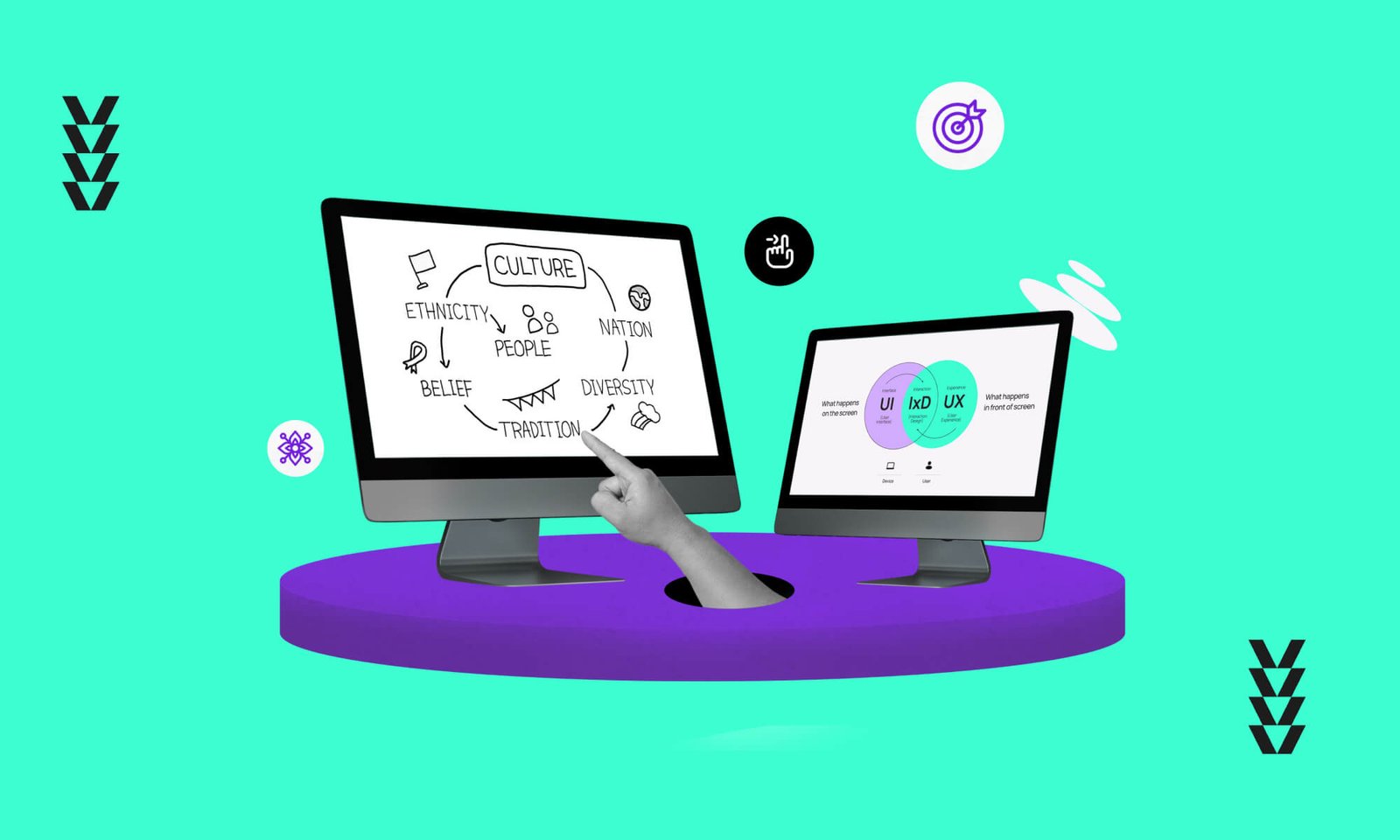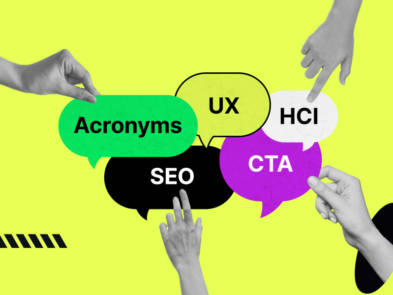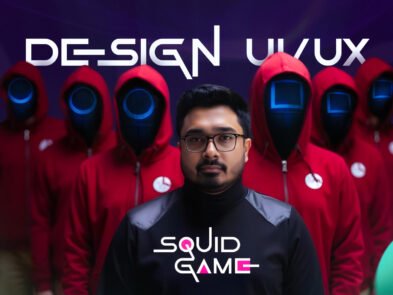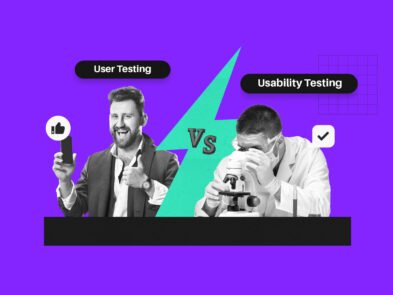The debate between interactive design and traditional design disciplines always has the utmost curiosity among creators. Traditional design focuses on crafting visually appealing and tangible outputs and interactive design prioritizes how users engage with digital products.
But how does interactive design compare to more traditional design disciplines?
Well, this discussion needs some time. And here’s what my topic is for today. Here, I will tell you everything about these two types of design perspectives along with their differences.
You’ll also learn about the unique strengths they can give you while you combine them. So, keep reading and learn all the facts that make the comparison between interactive design and traditional design disciplines.
What’s an Interactive Design?
Interactive design in UX is about creating experiences. Users can interact with digital products in an engaging and meaningful way. It focuses on how people use buttons, sliders, forms, or navigation menus on apps or websites.
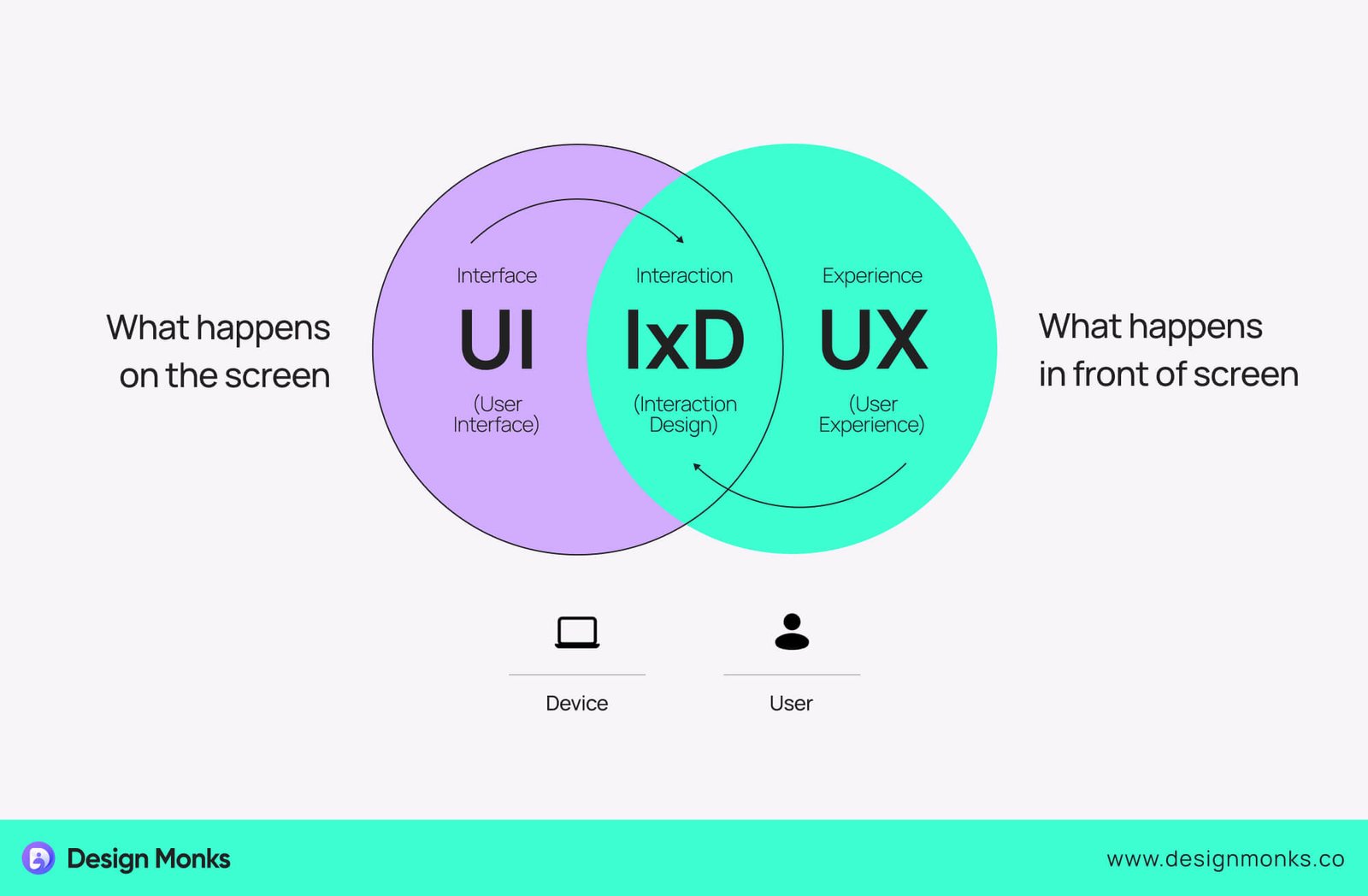
The goal is to make these interactions smooth and enjoyable. Also, to achieve a purpose, like signing up, purchasing, or exploring information.
Take an example of a video game where you press a button, and the character jumps. That button works because of the interactive design. It reacts to your input and gives feedback.
Similarly, on a website, when you hover over a menu and it highlights or opens, that’s interactive design. It greatly promotes clarity and positive engagement.
What Is Traditional Design Discipline?
Traditional design disciplines refer to design fields that focus on physical and tangible creations. It does not cover digital or interactive works. These disciplines have been practiced for centuries and are rooted in art, craft, and industrial production.
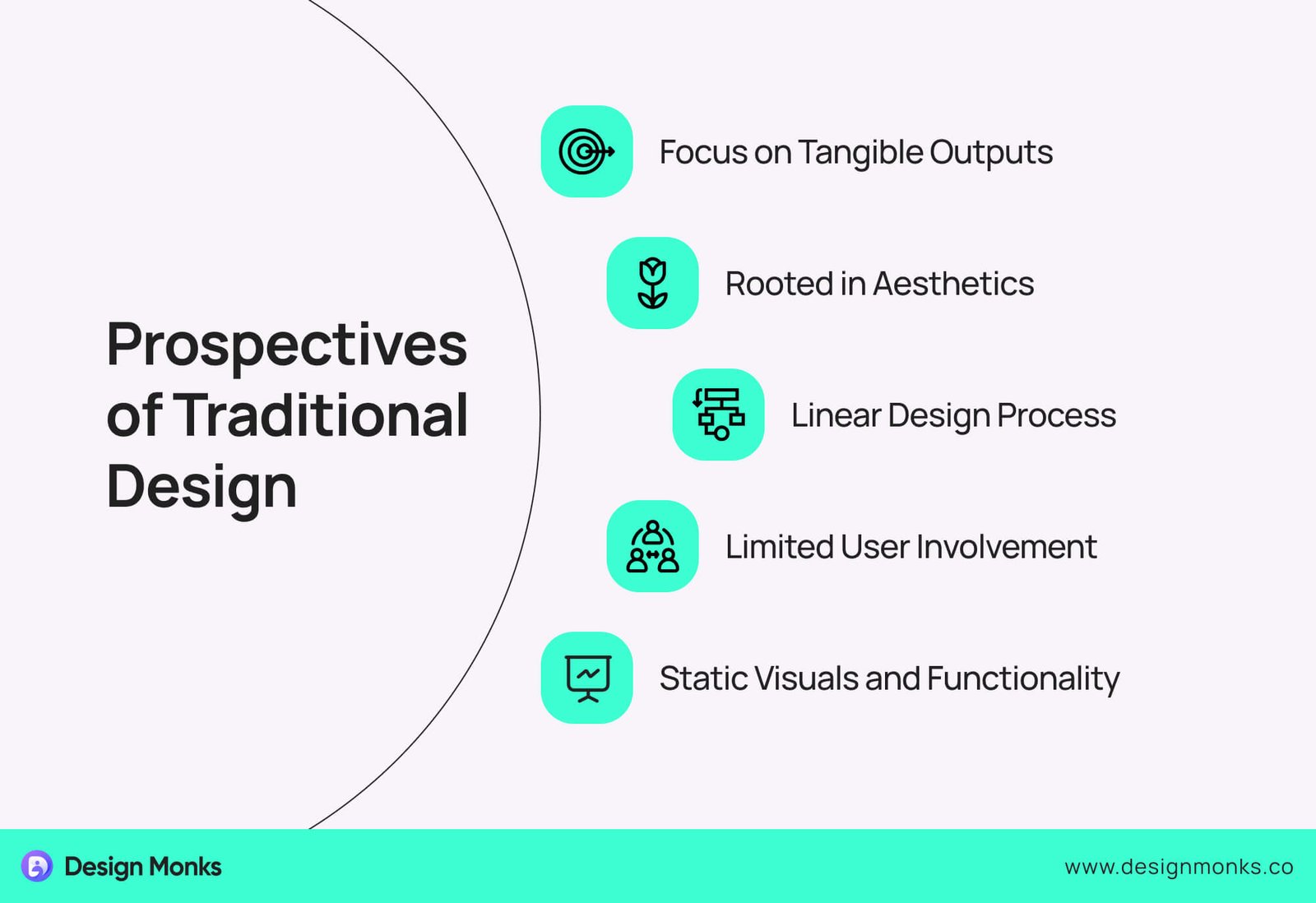
Some of the common examples are:
- Graphic Design: They are about creating posters, brochures, book covers, and other print materials.
- Industrial Design: These are physical products like furniture, cars, or household items.
- Architecture: It covers planning and designing buildings or physical spaces.
- Fashion Design: It is about designing clothing and accessories.
- Interior Design: Here, designers create interior spaces for proper functionality and aesthetics.
While traditional design often involves handcrafting or analog tools, modern technology and software are increasingly integrated into these practices.
UX Design in Terms of Traditional Design Disciplines
As I said earlier, traditional design is like building a beautiful house. It’s about making things look good and work well. But UX design is more about how you feel when you live in that house. So, it’s not just about the look but also about the feel. Let’s learn more about it:
1. Graphic Design vs. UX Design
Graphic design focuses on visuals—like posters or logos. It makes things look attractive. UX design takes more than the visuals. It thinks about how you use those visuals, like clicking a button on a website. Is it easy? Does it make sense?
2. Industrial Design vs. UX Design
Industrial design is about physical products, like chairs or phones. It focuses on comfort, look, and how you use the item. UX design does the same for digital things, like apps, websites, or software. It ensures the “digital chair” feels right.
3. Communication Design vs. UX Design
Communication design is how information is shared, like a newspaper layout or a road sign. UX design applies this to digital screens. For example, it decides where to place text on a website so you can find it fast.
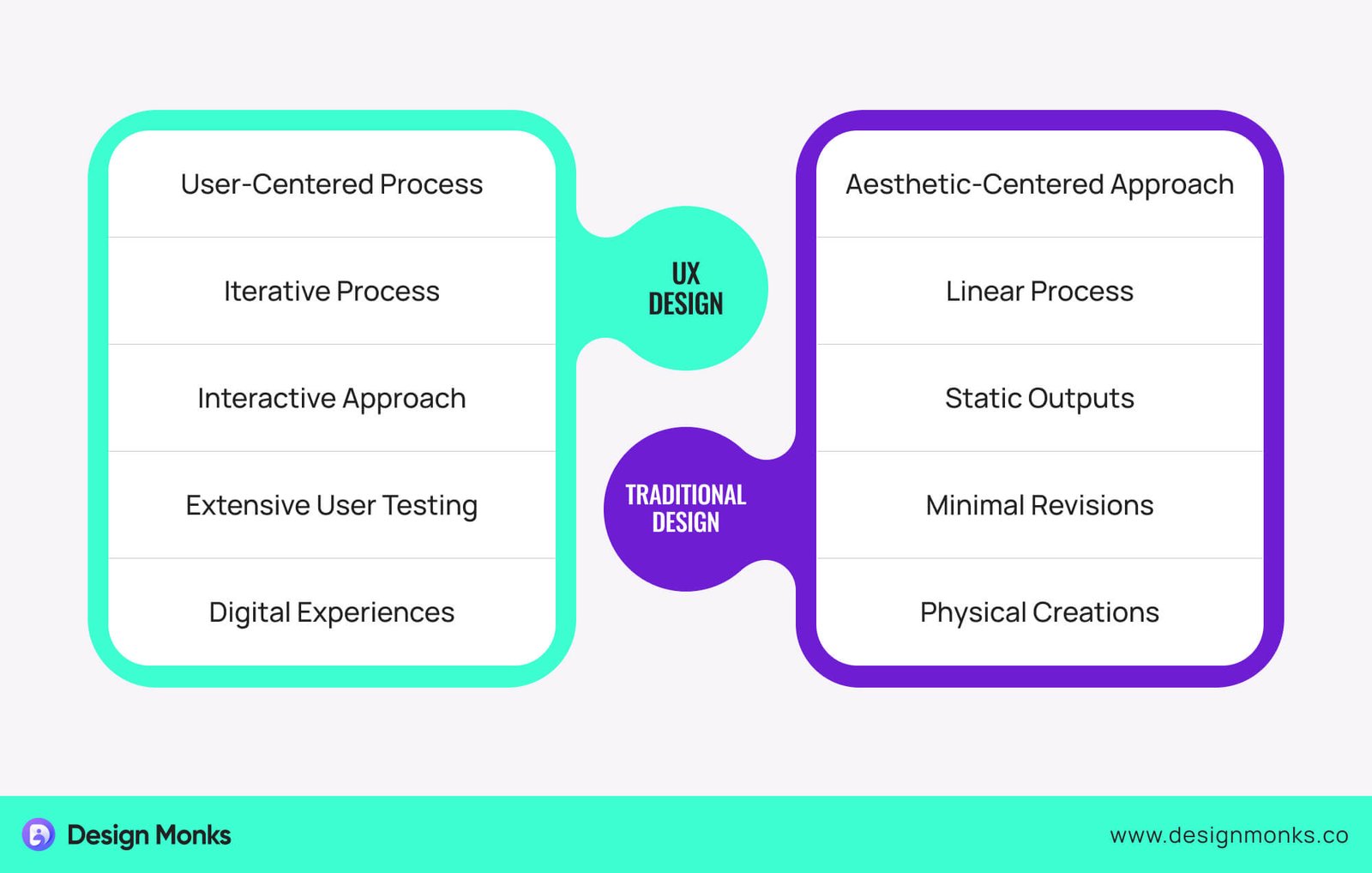
So, what are the core differences between traditional design and UX design, right? Here they are:
- Traditional design often focuses on appearance first. UX design starts with what users need and want.
- In UX, you test designs often to fix problems. Traditional design usually doesn’t involve this much testing.
- UX combines many things, like visuals, usability, and interaction. It’s like cooking with all the best spices.
So, UX design is like traditional design’s cooler, smarter sibling. It builds on looks and functionality but adds feelings and ease of use.
Interaction Design Vs Traditional Design: At a Glance
Well, what was our core question of this discussion? It was about how interactive design compares to more traditional design disciplines, right? You’ve already learned about interactive design and traditional design. Now, I’ll talk about the differences. First, let me share a clean table and then I’ll describe the differences in detail.
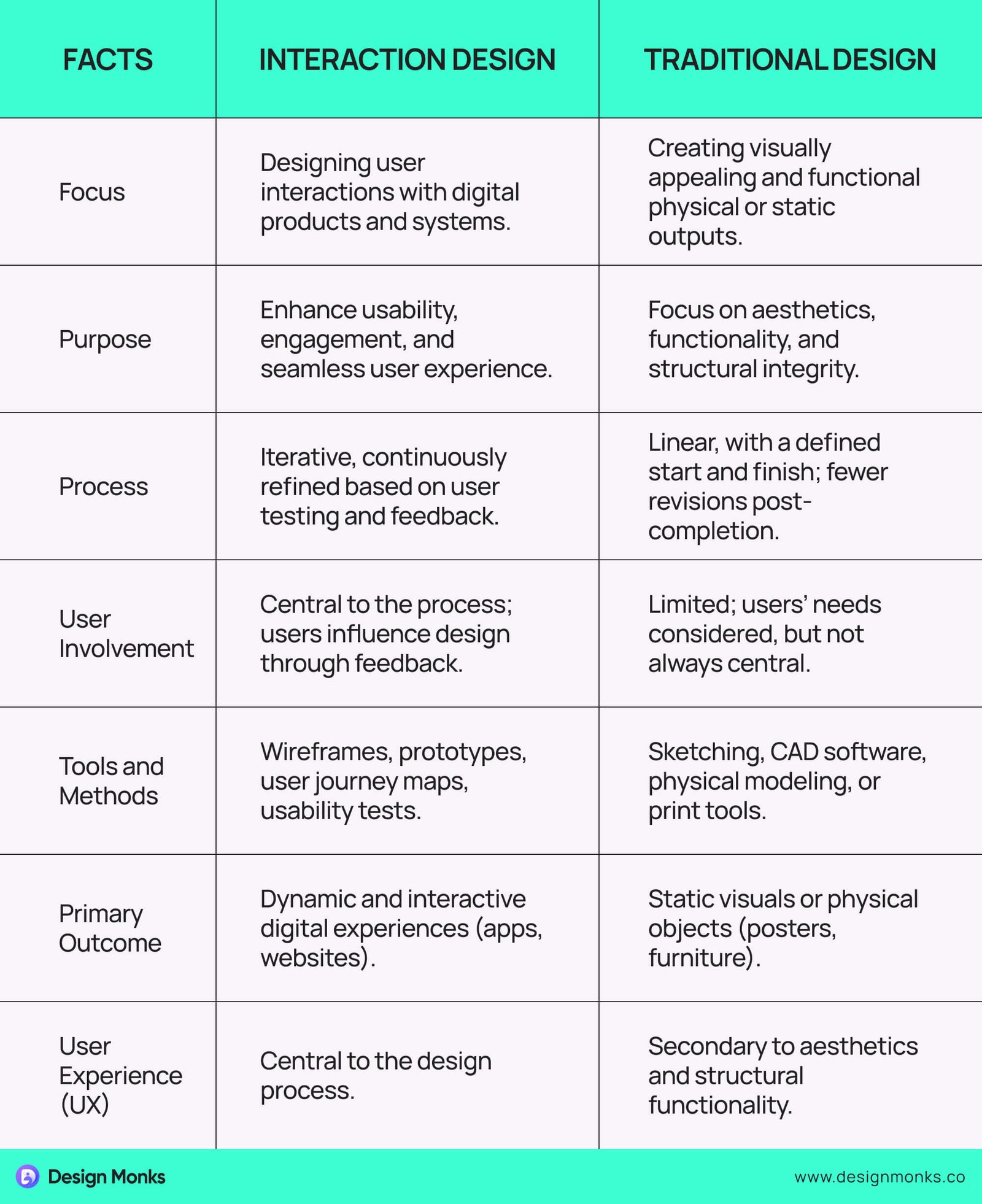
How Interactive Design Differs from Traditional Design Disciplines
Now, let’s come to a detailed discussion. For sure, there are lots of similarities and dissimilarities between these two design types. I will focus on the facts where they share the core differences right below:
Focus and Purpose
Interactive design usually aims to make digital tools intuitive, engaging, and easy to use. It focuses on how users interact with interfaces, like clicking buttons, scrolling, or navigating menus.
Designers need to pay attention to details like animations, transitions, and feedback. More specifically, like a button changing color when clicked and similar things. This attention to detail makes the interaction feel natural and rewarding.
On the other hand, traditional design disciplines, like graphic design or industrial design only focus on creating visually appealing and functional physical objects or static visuals.
It’s like, a graphic designer works on posters or logos by emphasizing typography, color, and layout. Even though usability is important, interaction is not a primary concern in most traditional design contexts.
Design Process
Generally, interactive design uses an iterative process. Designers constantly test, refine, and improve their designs based on user feedback. It’s a cycle of creating, testing, learning, and adjusting.
This approach ensures the final product adapts to users’ needs and behaviors over time. For example, an app design might go through multiple iterations to fix navigation issues.
Unlikely, traditional design follows a more linear process. Designers start with a concept, develop it, and produce a final output. Once a product is complete, there’s often little opportunity for revision unless a new project begins. The focus is on delivering a polished and finished item, such as a well-crafted chair or a beautiful painting.
User Involvement
Users are at the center of interactive design. Designers conduct research, interviews, and usability tests to understand user needs and preferences. Every design decision aims to improve the user experience. As a result, the product becomes smooth and enjoyable.
Even though user needs are considered, they aren’t always central to traditional design. For example, industrial designers focus on ergonomics and functionality, but they don’t typically involve users throughout the design process.
Tools and Methods
In interactive design, designers generally use methods like prototypes, wireframes, and user journey maps. For that, they use different tools like Adobe, Figma, Framer, and others. The entire process draws from disciplines like psychology and technology to create products that adapt to users.
On the other hand, traditional design relies on tools like sketches, CAD software, or physical materials. The focus is on crafting physical or visual objects, with less emphasis on user behavior.
As we see, interactive design brings life to digital products. It solely focuses on user interaction and adapting to user needs. Traditional design disciplines focus on creating static, visually appealing, or functional objects. This evolution reflects the growing importance of usability and engagement in today’s digital world.
Can You Implement both Interaction Design and Traditional Design in UX?
Yes, you can implement both Interaction Design (IxD) and Traditional Design principles in UX design! In fact, combining these approaches can create a more holistic and effective user experience.
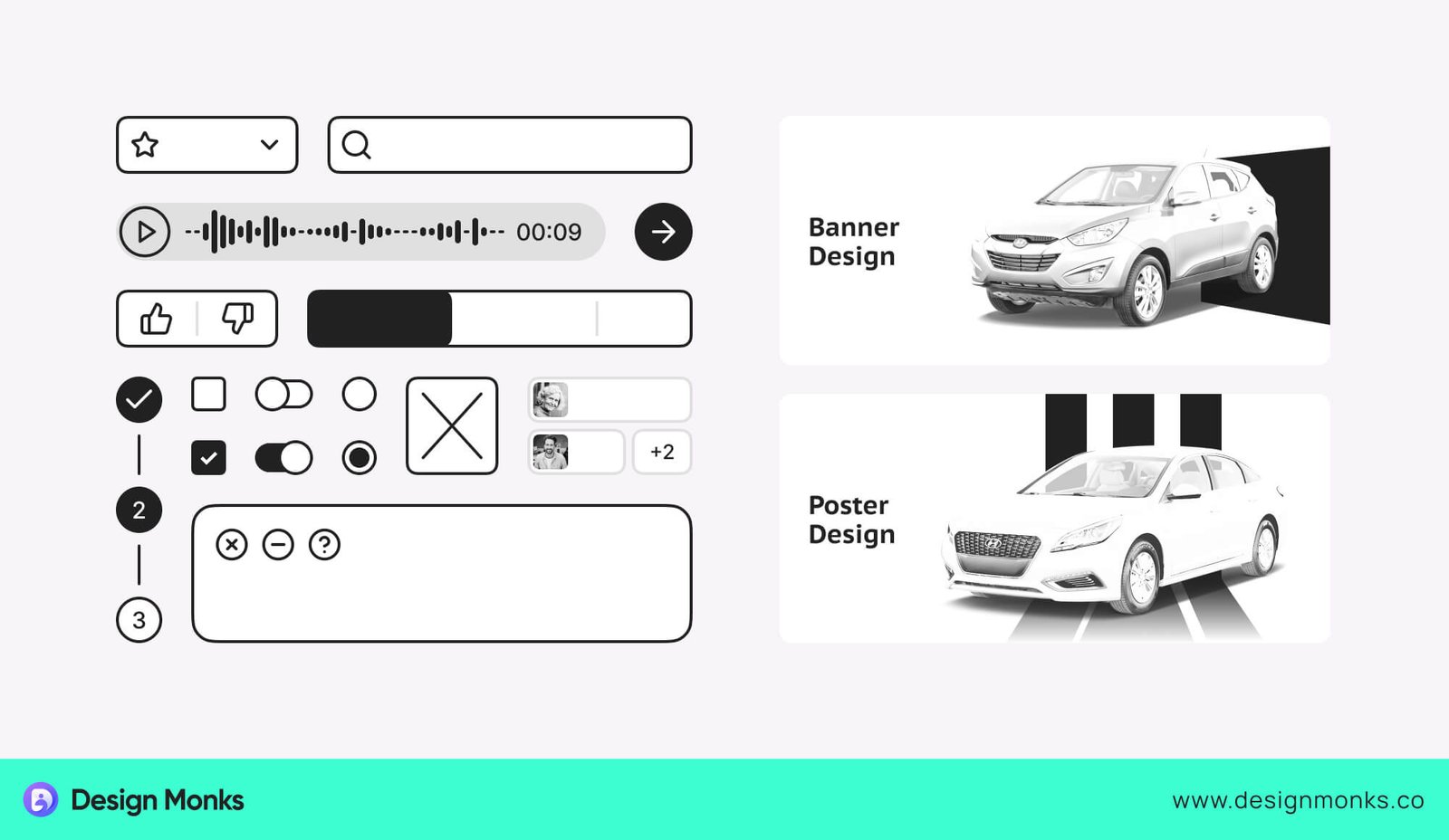
Here’s how both can work together:
Aesthetics from Traditional Design
Traditional design disciplines, like graphic design, bring principles such as color theory, typography, and visual hierarchy into UX. These principles are essential to creating visually appealing interfaces that grab users’ attention and guide them effectively.
For example, a beautifully designed landing page (traditional design) combined with intuitive interactions (interaction design) ensures users stay engaged.
Functionality Meets Interaction
Industrial design focuses on usability and functionality, which overlaps with interaction design’s principles of creating seamless user experiences.
For instance, in UX, the layout and design of physical controls in a smart device (traditional) can integrate with the digital interactions on its touchscreen (IxD).
Communication Design + Interaction Design
Communication design ensures that users understand information clearly through effective visuals. When paired with interaction design, it helps users navigate interfaces effortlessly. For example, an interactive infographic uses animations to enhance understanding.
So, why should you combine both? Here’s the answer:
- Beautiful visual designs (traditional) attract users, while smooth interactions (IxD) keep them engaged.
- The traditional design ensures clarity and inclusivity in layouts and visuals, while interaction design adds features like responsive user interface elements for better usability.
- By blending static visuals with dynamic interactions, users get a balanced and rich experience.
For sure, both approaches are essential parts of UX. Traditional design ensures the interface is visually appealing and functional, while interaction design makes it dynamic and user-friendly. Together, they create a cohesive and satisfying user experience.

FAQs
What are the primary outcomes of combining interaction design and traditional design?
Combining interaction and traditional design creates a better experience. Aesthetics from traditional design attract users, and interaction design ensures usability and engagement. Together, they result in visually appealing digital products that are functional and user-friendly.
Why is interactive design more important than traditional design?
Interactive design is essential because it prioritizes usability, engagement, and adaptability. Traditional design, on the other hand, creates static outputs and doesn’t think about how users feel about it. That’s why interactive design is more important for modern and user-centered product development.
What is the difference between digital design and traditional design?
Digital design focuses on interactive and dynamic outputs like websites and apps. It emphasizes user engagement and feedback. Traditional design, in contrast, delivers static and tangible products like posters or furniture. It prioritizes aesthetics and functionality without interactive elements or iterative processes.
End Note
As we see, the comparison between interactive design and traditional design disciplines highlights the essential value each brings to the creative process. Traditional design focuses on aesthetics, functionality, and physical outputs. Unlikely, interactive design emphasizes user engagement, adaptability, and seamless digital experiences.
You should have a clear idea about their differences and their strengths when they are combined. It will help you create designs that are not just visually stunning but also highly user-friendly.
So, as a designer, utilize the best of both worlds so that you stay innovative and deliver exceptional results. Best wishes always.
